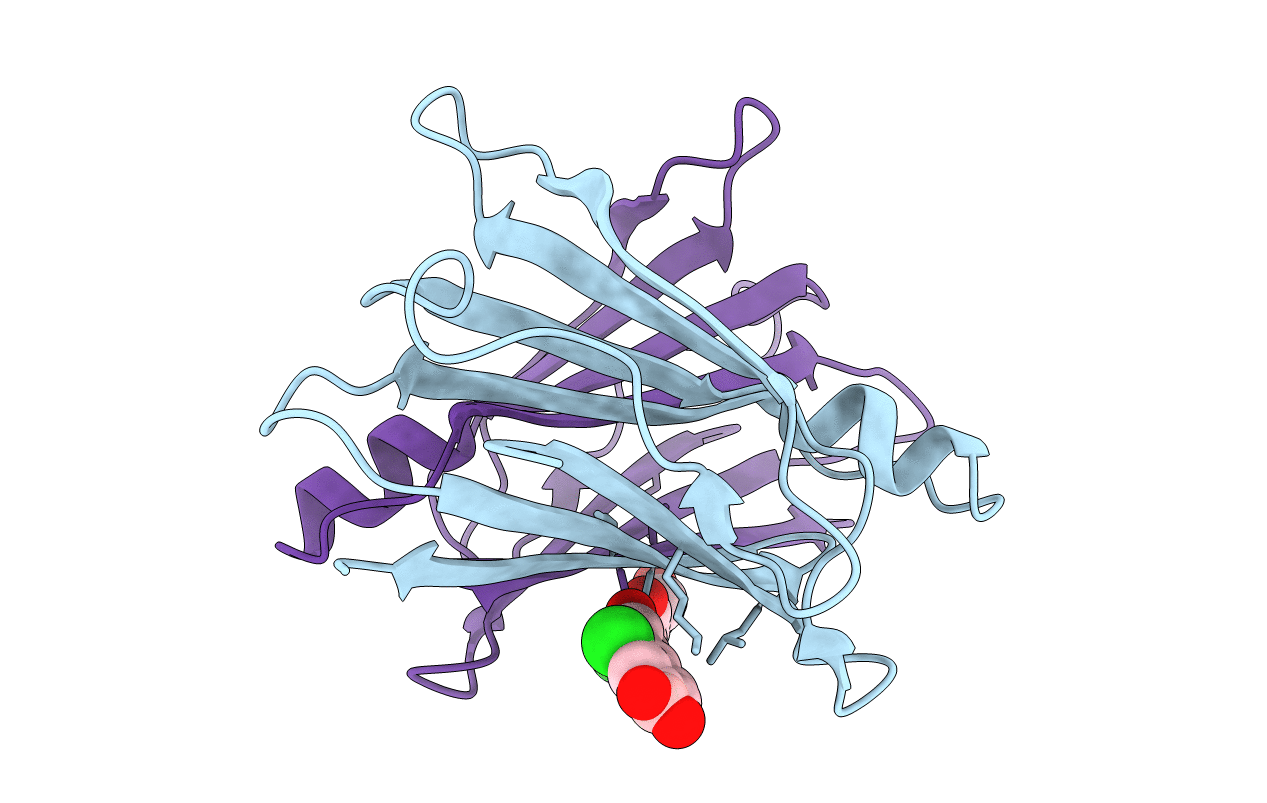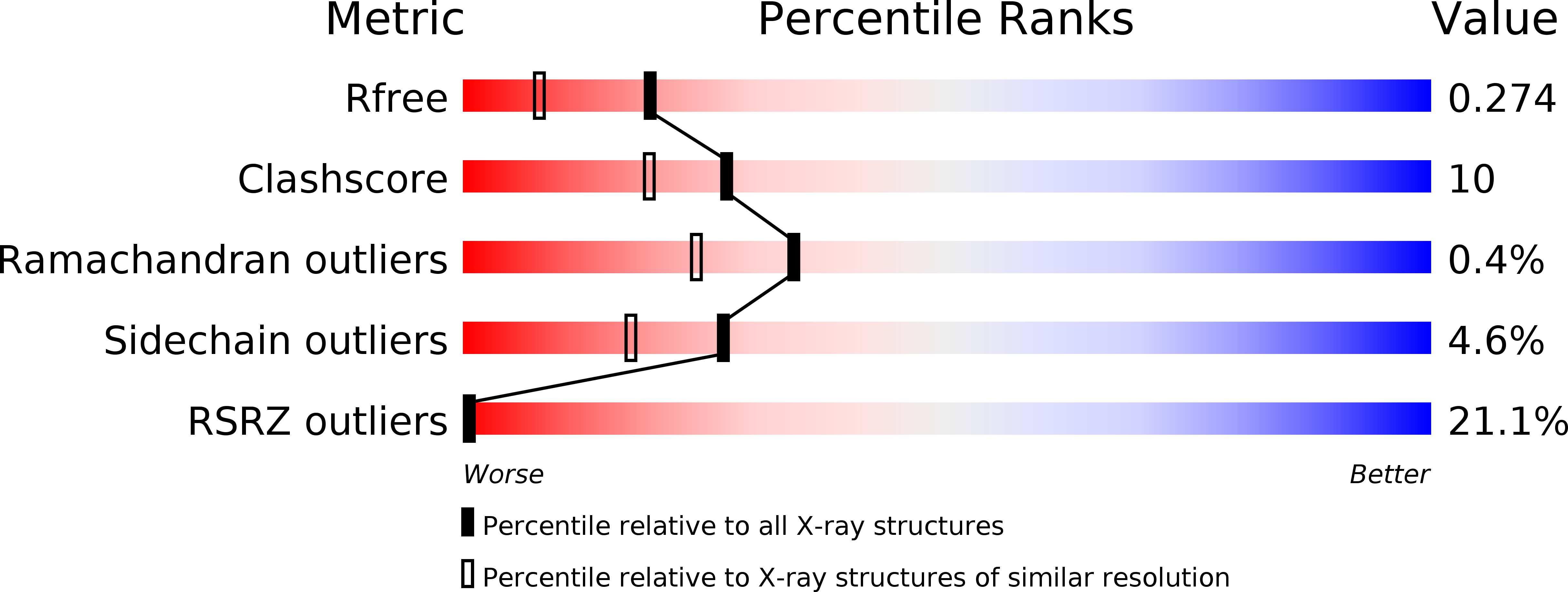
Deposition Date
2016-12-03
Release Date
2017-09-27
Last Version Date
2023-10-04
Entry Detail
PDB ID:
5U4A
Keywords:
Title:
Wild-type Transthyretin in complex with 5-[(1E)-2-(2-Chloro-4-boronic acid)ethenyl]-1,3-benzenediol
Biological Source:
Source Organism:
Homo sapiens (Taxon ID: 9606)
Host Organism:
Method Details:
Experimental Method:
Resolution:
1.90 Å
R-Value Free:
0.27
R-Value Work:
0.22
R-Value Observed:
0.22
Space Group:
P 21 21 2


